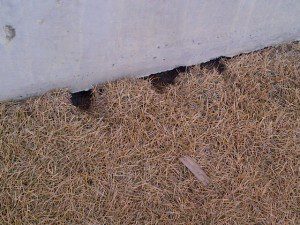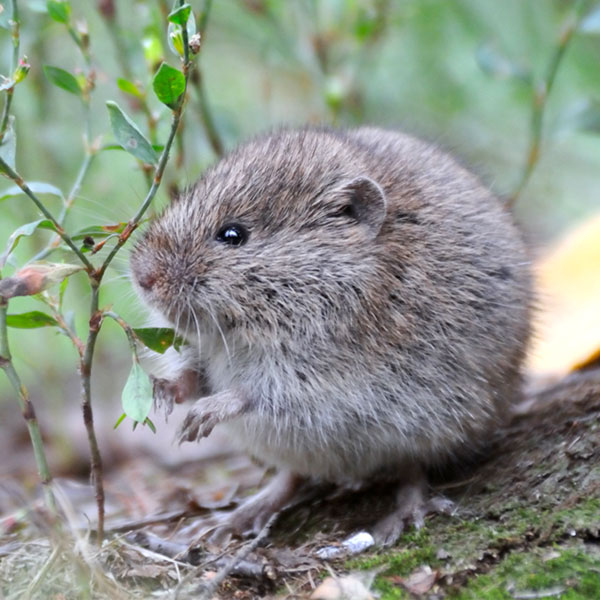Comprehensive Vole Pest Control Services in Utah
Comprehensive Vole Pest Control Services in Utah
Blog Article
Comprehensive Overview to Effective Vole Insect Control: Infestation Recognition and Therapy Methods
In the world of efficient bug control, vole invasions posture a special difficulty that requires a critical technique. These small rodents, typically incorrect for mice, can damage gardens, lawns, and crops if left untreated. Identifying the indications of vole presence and applying targeted therapy techniques are necessary parts of an effective parasite management plan. By exploring the nuances of vole habits, understanding crucial signs of problem, and examining a variety of control choices, one can establish a comprehensive strategy to combat these elusive parasites.
Comprehending Vole Behavior
Vole behavior is characterized by their delving practices and fast recreation prices, making them a challenging insect to manage efficiently. These tiny rats generally produce detailed tunnel systems underground, using them for shelter, food storage, and transportation. Voles are herbivores, eating a selection of plants, origins, light bulbs, and yards, which can cause substantial damages to gardens, orchards, and lawns. Their rapid reproductive price more makes complex control efforts, with females qualified of producing numerous litters in a solitary year, each including several offspring.
Voles are most active throughout the morning and night hours, spending most of their time foraging for food. Their tunneling practices not just disrupt gardens and lawns but also make them testing to eliminate and spot. Understanding vole actions is vital for effective bug control approaches. By identifying their burrow areas, monitoring feeding areas, and applying targeted control approaches, such as trapping or environment adjustment, vole invasions can be taken care of effectively.
Indicators of Vole Problem

Prevention Methods
Executing efficient avoidance techniques is critical in decreasing vole problems and guarding plant life from their destructive feeding practices. To avoid vole infestations, it is crucial to begin by removing potential food resources and sanctuary.
Routinely inspecting the home for signs of vole activity, such as runways and tunnel openings, is important for early discovery and timely action. Take into consideration utilizing catches or repellents purposefully put near their paths if vole task is thought. Employing all-natural predators like owls or serpents can also aid next keep vole populaces in check. By carrying out a combination of these avoidance garden enthusiasts, property owners and approaches can effectively secure their greenery from vole damage.
Non-Lethal Control Techniques
To efficiently handle vole populations while prioritizing humane approaches, non-lethal control approaches use sensible solutions for reducing vole damages in landscapes and gardens. These barriers can be buried at least 12 inches curved and deep at a 90-degree angle to stop voles from tunneling beneath.

Lethal Control Options
One reliable technique for dealing with vole problems in landscapes and gardens includes the calculated use deadly control alternatives. When faced with a serious vole infestation that non-lethal approaches have stopped working to have, executing lethal control procedures becomes vital. One commonly utilized dangerous control choice is the usage of snap traps. These traps are developed to rapidly and humanely eliminate voles upon activation, making them a preferred choice for numerous garden enthusiasts and landscaping companies. To increase the effectiveness of snap catches, it is advised to put them in locations where vole activity is high, such as along runways or near burrow entryways. One more lethal control choice is the application of toxic baits specifically developed to target voles. These lures have poison that is ingested by the voles, resulting in their eventual death. However, caution should be exercised when utilizing hazardous lures to prevent harm to non-target animals or pets. Generally, when employing dangerous control options, it is important to do so properly and according to neighborhood regulations to effectively take care of vole problems.
Conclusion
In verdict, efficient vole parasite control needs a detailed understanding of vole habits, recognition of indications of problem, application of prevention strategies, and use of both dangerous and non-lethal control methods. By incorporating these strategies, individuals can successfully manage i loved this vole populaces and protect their home from damage. It is essential to address vole invasions without delay to stop additional problems and lessen the effect he said on the surrounding setting.
Given the intricate tunnel systems and rapid recreation prices particular of voles, acknowledging the signs of vole infestation becomes crucial in effective bug control. One of the key signs of vole presence is the existence of surface area paths or tracks in lawn or snow, commonly concerning 1-2 inches large, produced as voles take a trip in between their burrows and food sources.To efficiently handle vole populaces while focusing on humane methods, non-lethal control techniques use practical services for decreasing vole damage in gardens and landscapes.One effective method for attending to vole problems in yards and landscapes involves the calculated use of lethal control alternatives. vole lawn damage.In conclusion, reliable vole insect control needs a detailed understanding of vole habits, recognition of signs of invasion, application of prevention strategies, and utilization of both dangerous and non-lethal control techniques
Report this page